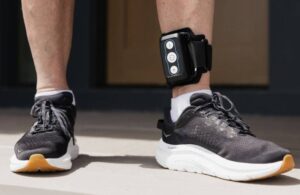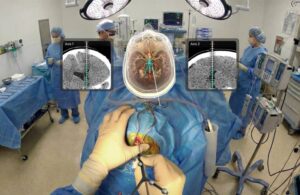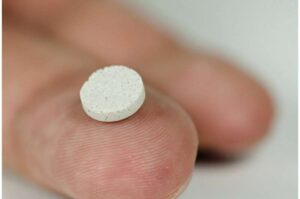MedTech News

A new immunotherapy approach could work for many types of cancer
Using new molecules that block an immune checkpoint, researchers showed they could stimulate a strong anti-tumor immune response.

FDA approves Dilon’s intraoperative margin assessment device
According to a US pivotal study, the device’s sensitivity has been reported at more than 76% on all specimens.

BlueWind wins FDA nod for enhanced urinary incontinence wearable
BlueWind Medical announced today that the FDA granted 510(k) clearance for its enhanced Revi implantable tibial neuromodulation (iTNM) system.

Medivis wins FDA clearance for AR cranial navigation platform for neurosurgery guidance
Medivis announced today that it received FDA 510(k) clearance for its augmented reality (AR)-powered Cranial Navigation platform.

May Health gains CE mark for infertility treatment
The Anavi system treats polycystic ovary syndrome by delivering targeted radiofrequency energy to ablate ovarian tissue to re-initiate ovulatory cycles.

A fatal mix-up: How certain gut bacteria drive multiple sclerosis
If gut bacteria are too similar to the protective layer of nerves, they can misdirect the immune system and cause it to attack its own nervous system. This mechanism can accelerate the progression of multiple sclerosis, as researchers at the University of Basel have shown in trials with mice. However, their results also open up opportunities for treatments that make use of the microbiome.

Proton beam therapy boosts throat cancer survival, study finds
In a new nationwide study published in The Lancet that included Mayo Clinic, investigators found that patients with oropharyngeal cancer can live longer with fewer side effects if treated with proton beam radiation therapy.

Clinical trial of personalized cancer vaccine demonstrates feasibility, safety, immune activation
The first-in-human clinical phase I trial assessing the feasibility and safety of WDVAX, an immunostimulatory biomaterial-based cancer vaccine, in a cohort of 21 patients with stage 4 metastatic melanoma, was concluded with positive outcomes that encourage future vaccine developments and trials to test them in combination with immune checkpoint inhibitor therapies.
